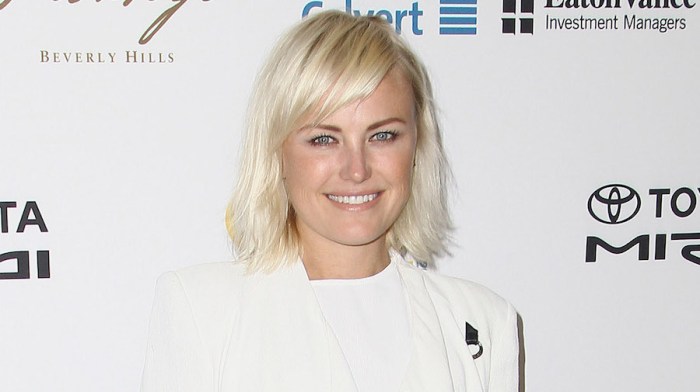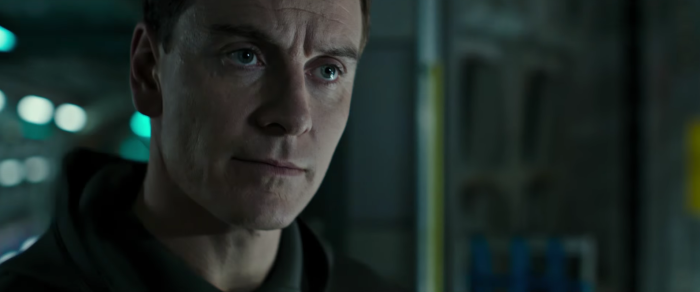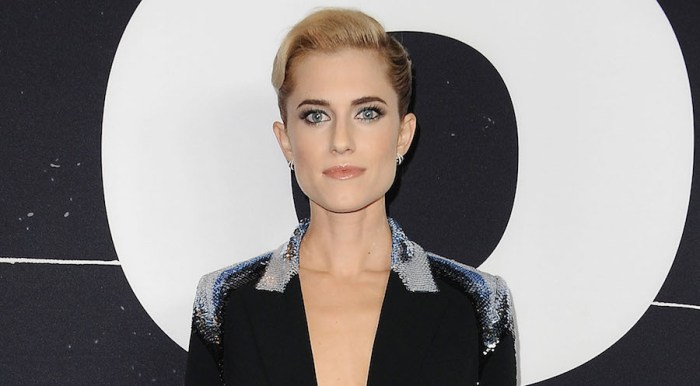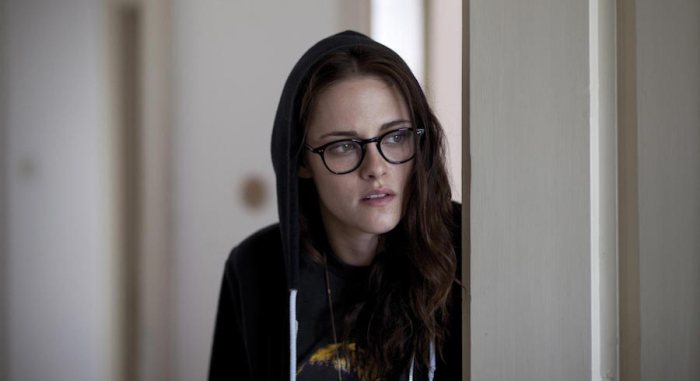‘The Black Stallion’ Generally 1979’s “The Black Stallion” has been classified as kiddie fare or, even worse, family fare — an innocuous G-rater that became a small cottage industry, spawning a lesser sequel and, over a decade later, a TV series. But when it was first shown to execs — who were expecting to see “Apocalypse Now,” the latest from “Stallion” producer Francis Ford Coppola — it was written off as something edgier: “an art film for kids.” As is clear from revisiting it on Criterion’s new Blu-ray, its true classification lies somewhere in between those two poles. It sports a story so simple it’s almost elemental: A boy (Kelly Reno) befriends a horse when both are shipwrecked on an island; upon their rescue he primes him into a champion racer, with the help of a former jockey (Mickey Rooney). Actually, “The Black Stallion” is more like four films, each distinctive, each with their own rhythm and power. The first is a shipboard tragedy, which introduces us to Reno’s Alec and his loving father (Hoyt Axton, musician, “Joy to the World” author and future “Gremlins” pop) before the ship they’re on goes down in a fiery apocalypse. The second part is the film’s most singular — a wordless half hour of Alec and his equestrian mate trying to survive the elements while gradually forming a friendship. It’s “Life of Pi” without the effects but just as thrillingly pieced together. Filmed in Sardinia, it’s also the section that makes the best use of director Carroll Ballard, a nature and animal lover making his debut feature. He would later go on to “Never Cry Wolf” and “Fly Away Home,” but in his first go at bat his noviceship seems to be a good thing. It’s as though he’s making a big movie with no awareness of other big movies. There’s a freedom to this section — an unhurriedness, a reluctance to give it much dramatic shape beyond the budding man-animal friendship — that mirrors the way Alec finds happiness, not fear and misery, in being stranded. When men show up in a boat before the hour mark it’s truly a disappointment. RELATED: Criterion reissues “Five Easy Pieces,” featuring one of Jack Nicholson’s better jerk performances Ballard has said he didn’t like the second half of the source, a slim 1941 novel by Walter Farley, comparing Alec’s return to the American suburbs to “Leave it to Beaver.” He doesn’t seem particularly goosed by the last stretch either, where Rooney’s sadsack Henry Dailey whips the horse into racing shape. Instead Ballard is interested in beauty, and in the realness of human behavior. Once more people are populating his film, he hangs back and observes. There’s a brief scene before the big race that pans around the locker room, listening to the cacaphony of jockey talk. And he manages to turn a rickety cliche — a saintly poor black character who knows everything — into a humane pictorial study of Clarence Muse, the movies’ first black star, in his final role. “The Black Stallion” isn’t an overt showcase for actors, but it contains beautifully naturalistic acting. Teri Garr plays a mom whose bottomless grief isn’t always hard to detect and therefore more palpable when it peeks out.Rooney, classically a pepped-up showman, is relaxed, wearing age and regret on his face. Still, when it comes time to train the old showman, and a bygone style of Hollywood acting, comes right out. You’re seeing both the old Rooney and a new side; naturally he was Oscar-nominated. The race itself doesn’t matter, even though it does; when our heroes are about to cross the finish line Ballard cuts to a poetic flashback of their time on the island. As such “The Black Stallion” is an understated rabble-rouser, but it’s more accurately described as a movie not just for children but about childhood. Ballard tries to keep everything in the present tense, to make every shot feel like it’s a sensation being witnessed for the first time. “The Black Stallion” inspired plenty of kiddie animal movies, but it’s deeper impression is in films that try to recreate that feeling of being a child through intimate camerawork and editing that simulates how the mind takes in information. Many of the shots are from Alec’s perspective or perched over his shoulder, as though we’re seeing it through his eyes. It does what the middle section of Terrence Malick’s “The Tree of Life” does too: It makes us kids again in the sense that everything we see feels rich, thrilling and most of all new.
Criterion Collection
$39.95
‘The Black Stallion’ allows adults to re-experience childhood
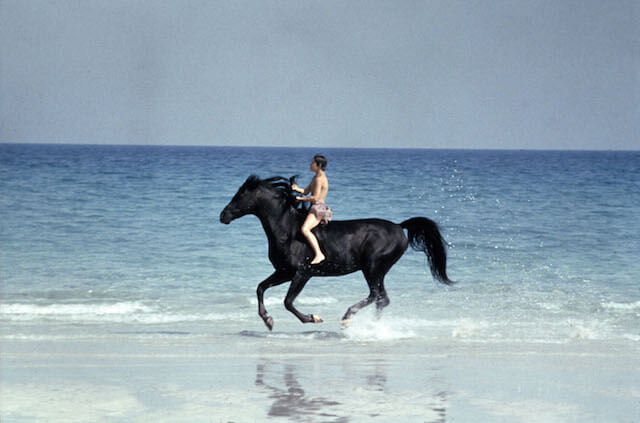
Criterion Collection
Follow Matt Prigge on Twitter @mattprigge








